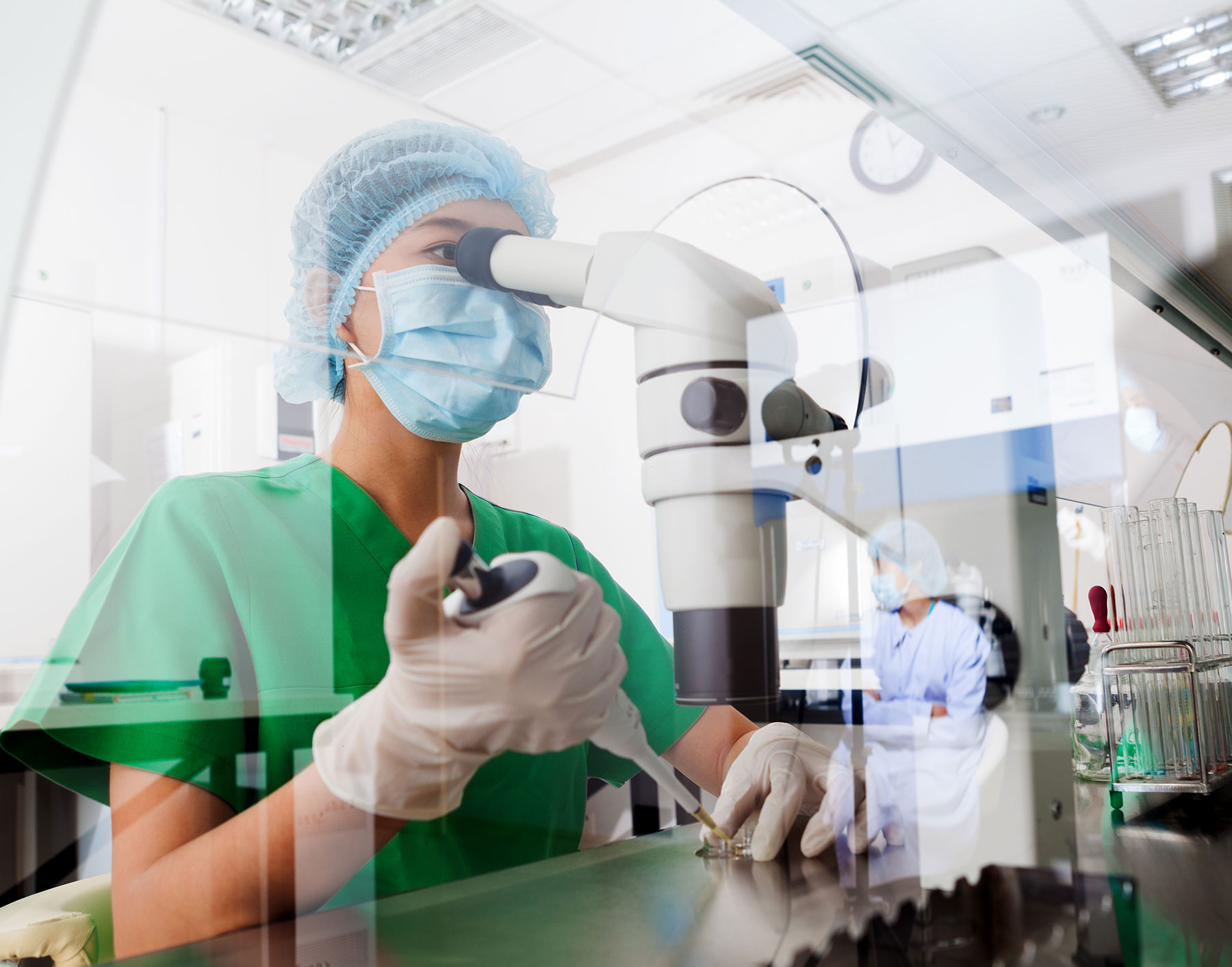

Ovulation Induction
This is only indicated for patients who have difficulty with ovulation on their own. The goal is to ovulate a single follicle, although frequently multiple follicles are formed due to the medications used. The medications that Dr. Davenport frequently uses are clomiphene, letrozole, and injectable gonadotropins. You may have already started this as a conservative treatment plan prior to presenting to FINA.
Superovulation
Using the same medicines as he uses for ovulation induction, Dr. Davenport changes the goal to stimulating multiple eggs in order to maximize the chances of a successful pregnancy each cycle. This is only indicated for certain diagnoses, which Dr. Davenport will discuss further with you at your initial consultation.




Intrauterine Insemination
Using the same medicines as he uses for ovulation induction, Dr. Davenport changes the goal to stimulating multiple eggs in order to maximize the chances of a successful pregnancy each cycle. This is only indicated for certain diagnoses, which Dr. Davenport will discuss further with you at your initial consultation.


INVOcellTM
INVOcellTM is a treatment option that allows egg fertilization and early embryo development to take place in the woman's body, in vivo, while offering success rates that are comparable to IVF if patients meet certain diagnostic criteria. The costs of INVOcellTM are also lower than IVF. It requires a similar egg stimulation and retrieval process to IVF, but instead of incubating the early egg and embryo in our lab we place an FDA-approved intravaginal culture device into the vagina. This allows the woman to be a natural incubator while the embryos grow. The embryos will then be removed, and an embryo transfer subsequently performed.
In Vitro Fertilization
A one-word summary: intense. IVF is time-intensive, money-intensive, and emotionally taxing. Yet when it needs to happen, it needs to happen. Dr. Davenport and the staff of FINA understand this and try to make this process as care-free as possible by providing continual emotional support, the clearest of communication, and the utmost attention to every detail. We are committed to always providing our patients with the most comprehensive and state-of-the-art IVF laboratory available in order to maximize each patient's chance of pregnancy to its fullest. Dr. Davenport will have a separate consultation with you prior to IVF to ensure that you understand every step of the process, from stimulation to suppression to retrieval to embryo growth to transfer. Our entire FINA staff will then see you through this journey.
Possible IVF indications include:
Diminished Ovarian Reserve
Endometriosis
Severe Male Factor
Bilateral Tubal Occlusion
Prior Vasectomy (requires sperm extraction prior)
Pre-Genetic Diagnosis / Screening
Unexplained Infertility

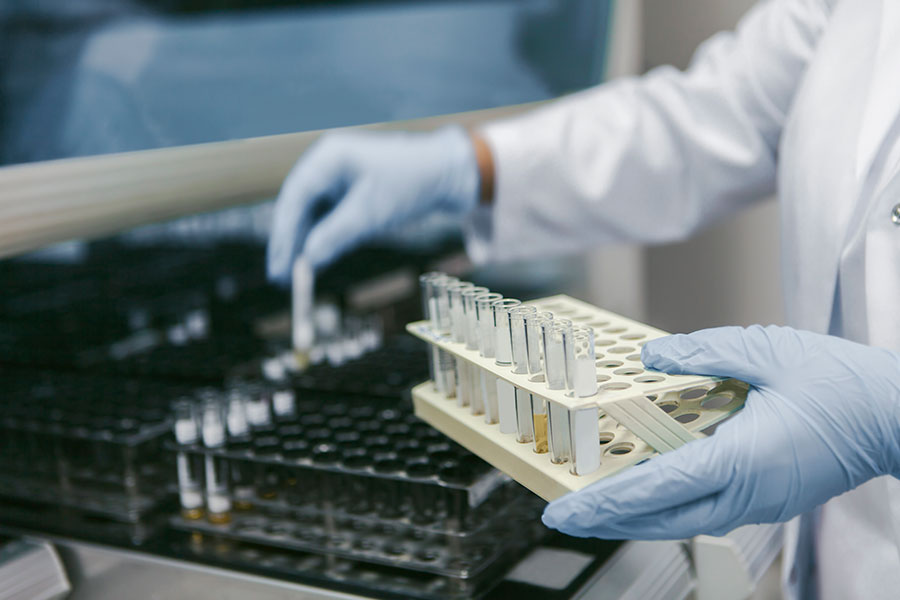

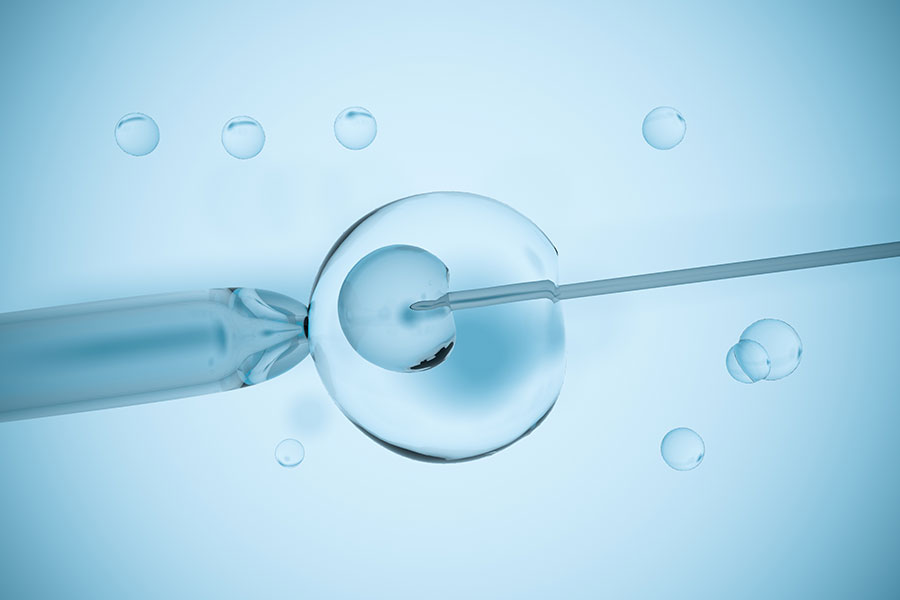
Intracytoplasmic Sperm Injection (ICSI)
This is a technique utilized in an “IVF” cycle for fertilization where a single sperm is injected into a single egg. Not everyone benefits from ICSI. The indications for ICSI are 1) a male factor infertility; 2) suspected sperm antibodies; 3) a history of failed or impaired fertilization; 4) a history of multiple sperm fertilizing one egg; and 5) poor embryo development in a previous IVF cycle. Dr. Davenport will thoroughly assess whether this type of fertilization would benefit you.
Pre-Genetic Screening / Diagnosis
This also requires “IVF” in order to be performed. During this procedure, a few cells are taken from an embryo’s placental portion (usually around day 5-6), and the embryo is then vitrified (frozen). The genetic material of the cells can then be assessed to determine if there is a particular chromosomal abnormality.

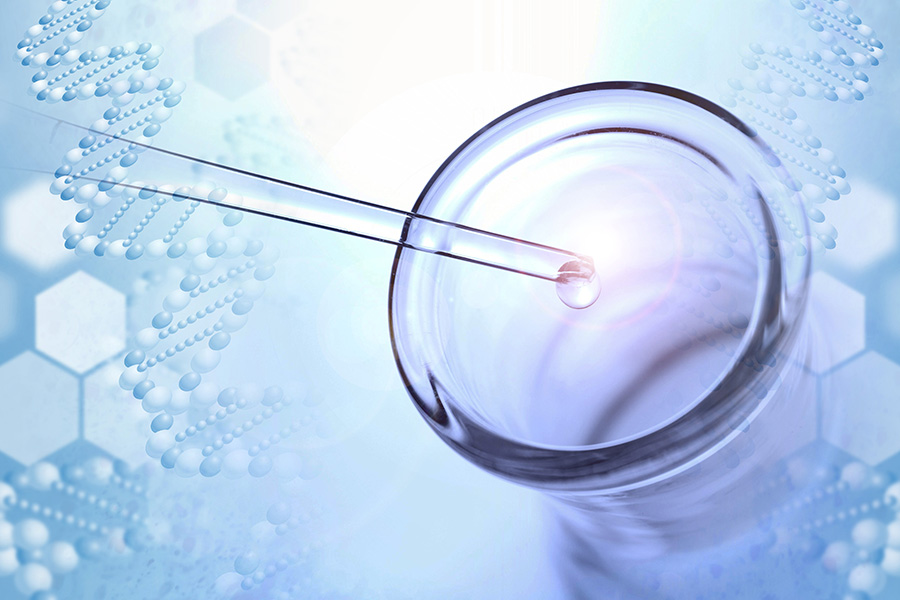

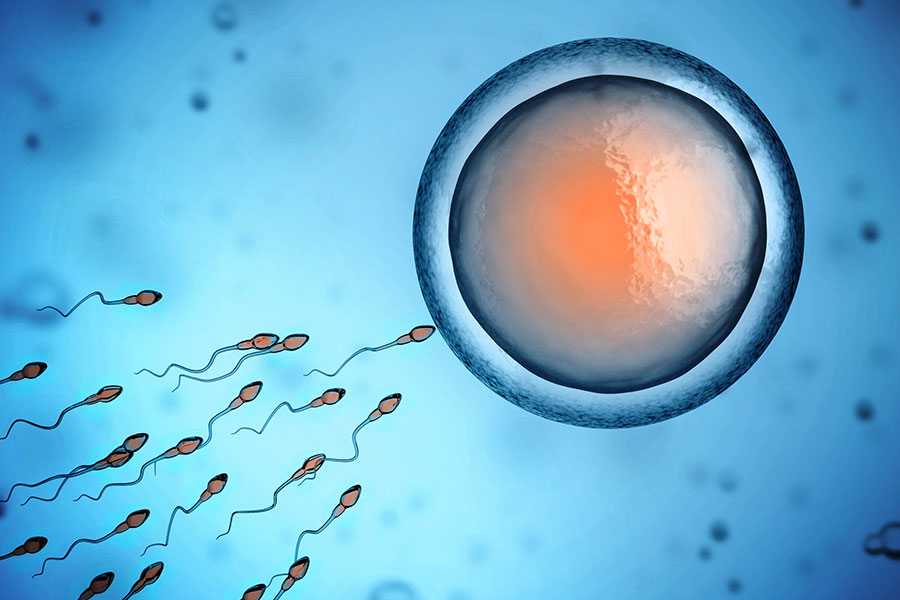
Percutaneous Sperm Aspiration / Testicular Sperm Aspiration
Dr. Davenport performs this procedure on the male testes in order to retrieve sperm in preparation for an IVF cycle. Males who are not producing any sperm in their ejaculate are considered for this procedure, including vasectomized patients and those born with a blockage to sperm transport.
Robotic Tubal Reversal (Reanastomosis)
This procedure is for women who have had their tubes tied, but now desire to conceive. Dr. Davenport understands that life is not always predictable, and that regret after having your tubes tied is sometimes a reality. Dr. Davenport believes strongly that each patient who has had a tubal ligation should be individualized when deciding the best method to conceive.
IVF vs. Robotic Tubal Reversal
Factors that go into this decision:
Patient age
Other indications for IVF
Amount of 'good' tube left
Insurance coverage
History of any tubal disease
Known pelvic scar tissue
Future fertility plans
Type of tubal ligation performed



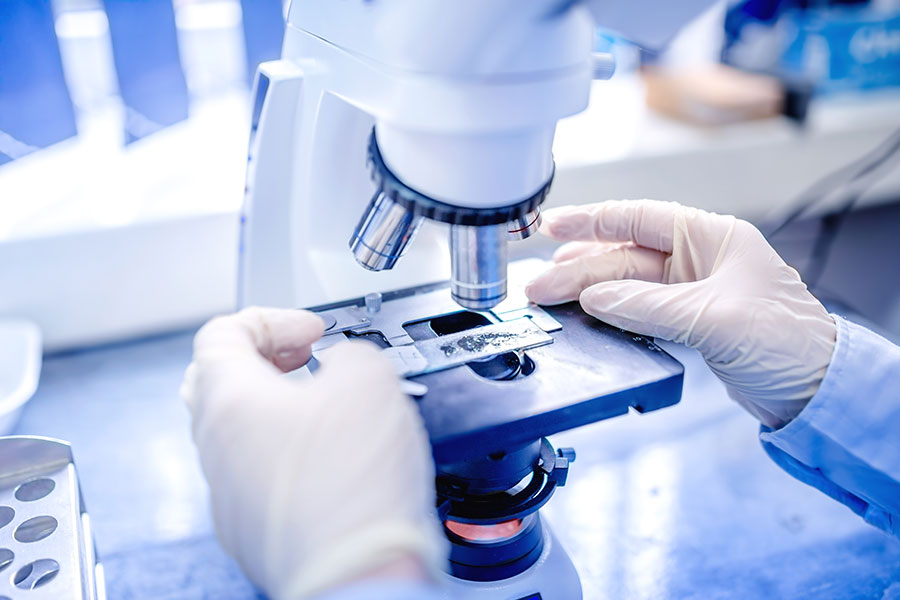
Oocyte Cryopreservation / Fertility Preservation
For women whose oocytes are rapidly aging and who have not yet found a spouse, we can preserve your eggs through a vitrification process (freezing). With this technique, the age of your retrieved eggs is halted in time. The eggs can then be thawed and fertilized when you decide the time is right, with the benefits of having a more ideal egg quality. The process will require you to undergo an ovarian stimulation cycle so that we can retrieve your eggs via a vacuum aspiration prior to freezing them. We are happy to provide you with a more complete picture of this process during a consultation.
Pelvic Laparoscopy
This is a surgery where you are under anesthesia and a small scope is placed, usually through your belly button, in order to gain a visualization of the inside of your pelvis. It can be performed either manually or with the DaVinci robot, depending on your diagnosis and indication. Laparoscopy is commonly performed for tubal disease, endometriosis, ectopic pregnancies, ovarian cyst removal, and unexplained infertility. You and Dr. Davenport will always weigh the benefits and risks of any type of surgery, along with all alternatives to surgery prior to making this decision. For example, in vitro fertilization will prove to be a better and less invasive alternative to surgery in many instances.




Hysteroscopy
This is a surgery where you are under anesthesia and a small scope is placed into your uterus. No new incisions are required. Hysteroscopy is commonly performed for polyps and fibroids in your uterus, if a defect inside your uterus is suspected by external imaging, or if you have scar tissue inside the uterus.
Tubal Cannulation
This is a surgery that is for certain women with blocked tubes. Only women whose tubes meet certain very specific criteria are candidates for such a procedure. This procedure is usually weighed against the alternative of in vitro fertilization. Dr. Davenport will discuss with you which option is right for you.


